ALL ABOUT PAPILLONS
EVERYTHING YOU WANTED TO KNOW
ABOUT PAPILLONS BUT WERE AFRAID YOU COULDN'T FIND A
REPUTABLE BREEDER
TO ASK !!!
![]()
Is this a new breed you may ask?
Actually, the Papillon is a very old breed, descending from the Continental Toy Spaniel and probably dates back to the fourteenth century.
Where did the Papillon come from?
Well, the word, Spaniel, means 'dog of Spain', but it is uncertain just which is the country of origin for the Papillon. Belgium and France, as well as Spain, claim to be the country of origin. The original Papillons were drop eared like other Spaniel breeds. The French word, 'Papillon', is butterfly for the erect eared variety while 'Phalene', or moth, is the drop eared Papillon and so it is possible that France has the right to claim the Papillon. Actually, both the erect eared dog and the drop eared dog are correctly referred to as 'Papillon'.
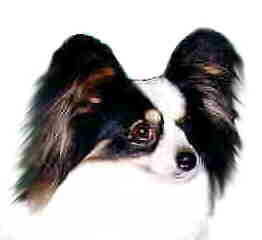
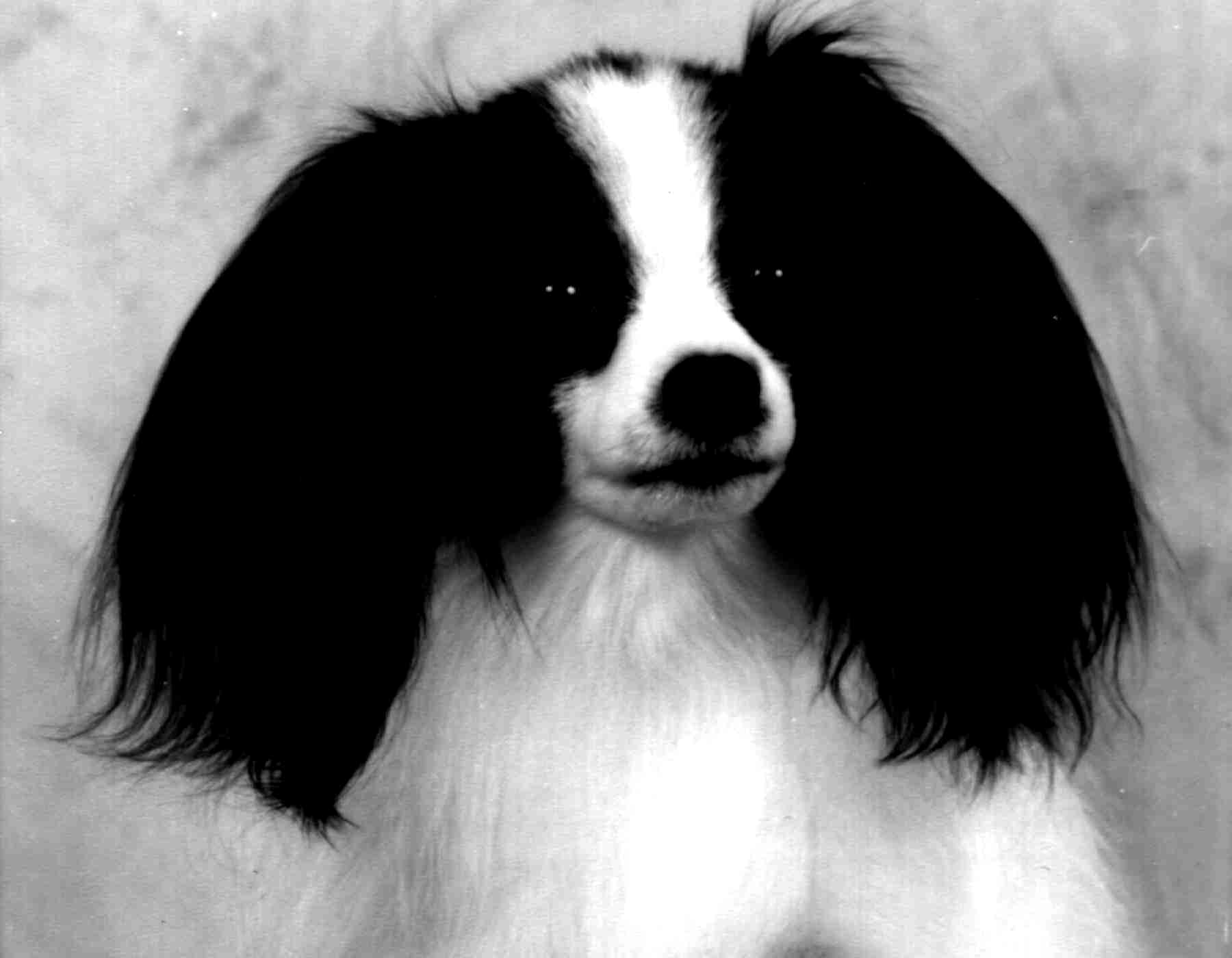
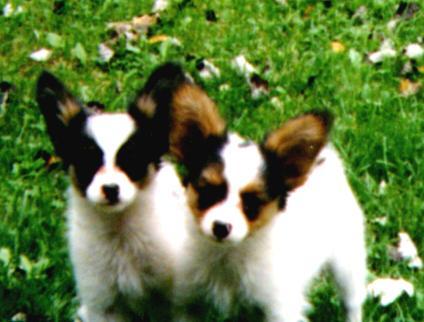
How does one pronouce the name?
It has been suggested that it be pronounced like this...."Pappy-Yawn". But when calling them to you, there should be a measure of love and assurance in your voice. They respond so well to kindness, even while being gently disciplined.
The Papillon is a marvelous family dog, very friendly and smart, very adaptable to his surroundings, usually loves children (those that are nice to them) and often chooses one person in the family to care for while still enjoying the whole family. They make exceptional pets for older people, too. They excel in obedience as they are very quick and responsive to commands. While the Papillon has no voice with which to speak he is quite capable of letting his wants be known. A regular walk on a leash might teach him to retrieve his leash as a way to let the owner know he wants to go out for that great walk where there are birds making exciting noises and insects to inspect if his owner lets him close enough to check it all out.
The Papillon is a toy dog, small and refined, but he has all the qualities of the larger breeds. He is inquisitive, happy and very intelligent, quite the caring companion to young and old alike. He has a great temperament that flourishes under loving care. For all his size the Papillon stands somewhat tall, on fine-boned legs and is slightly longer in body than in height. At this time, there are two disqualifications for the Papillon: size, over 12" at the shoulder; color, an all white dog or a dog with no white. Ideally, the Papillon stands between 8" and 11" at the shoulder and ranges somewhere between 4 to 9 pounds. Please remember that the pet dog may be outside this height and weight range, but still has the same qualities as the show puppy, often the same pedigree and the same desire to please and delight his owner.
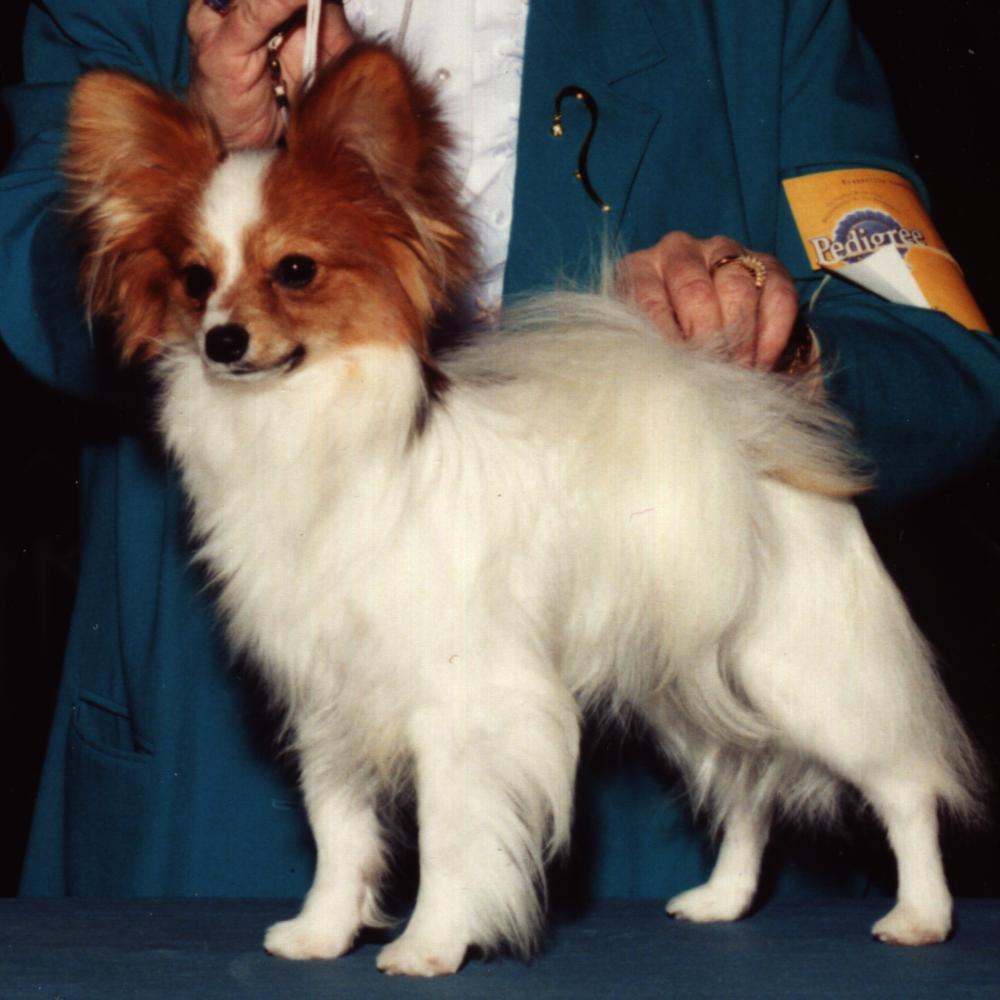

This is a parti-colored dogs with distinctive markings. While it is not a disqualification, the eyes and ears, back and front, are to be covered with the second color. A bit of white running up the ear is permissible providing it doesn't take away from the butterfly apearance. He should be predominatly white with patches of color. The second color can be any place on the body, however. A clearly defined white blaze on the face with a white nose band that enhances the butterfly appearance is preferred although a solid head (meaning one with no white on the head) is permissible. There are a variety of colors, red and white, sable and white with all shades of red or sable acceptable, and black and white. Another color is black, white and tan commonly referred to as Tri.
Most of today's Papillons are of the erect ear variety. However, there are more drop eared Papillons of quality beginning to put in an appearance at dogs shows throughout the country.
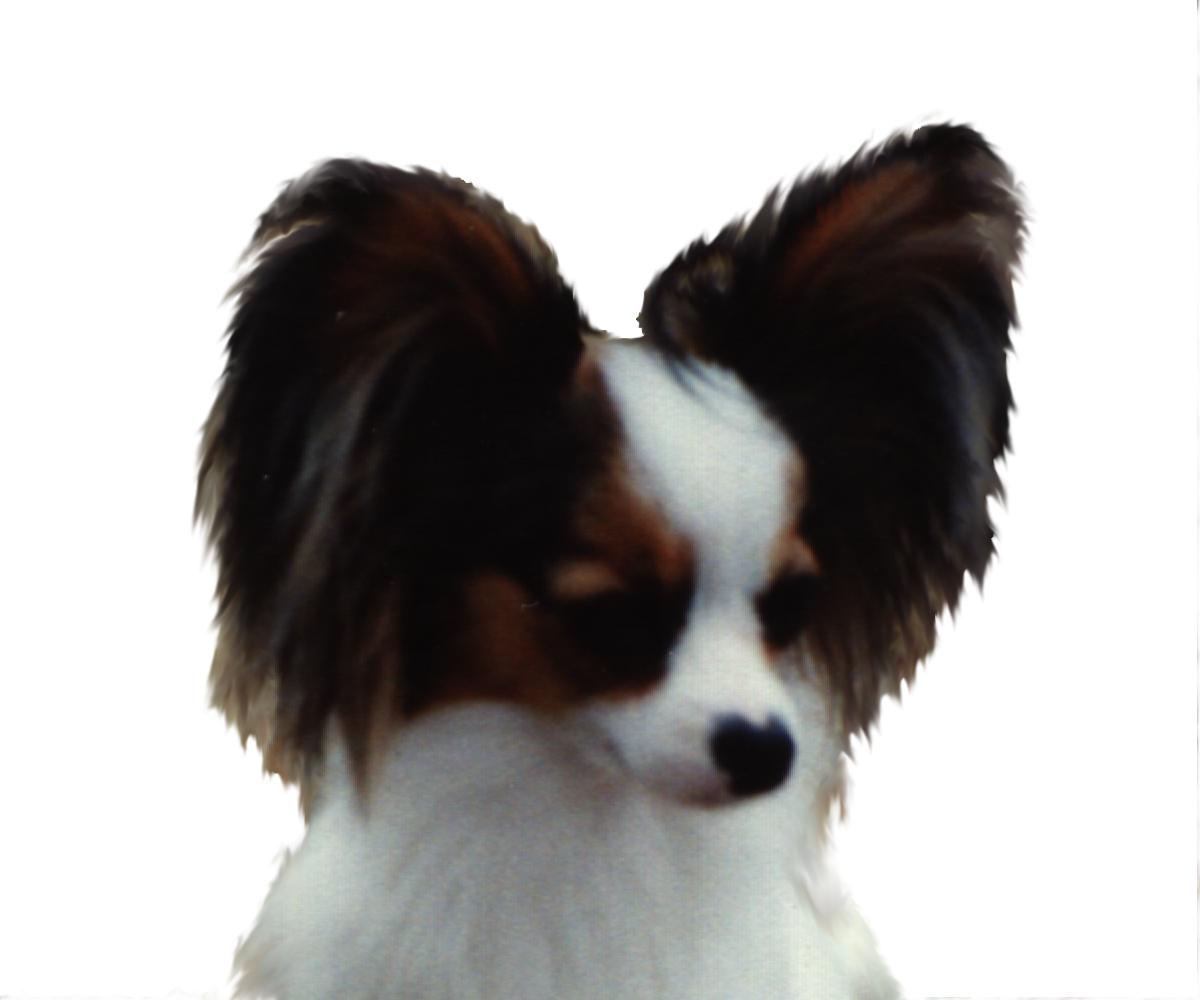
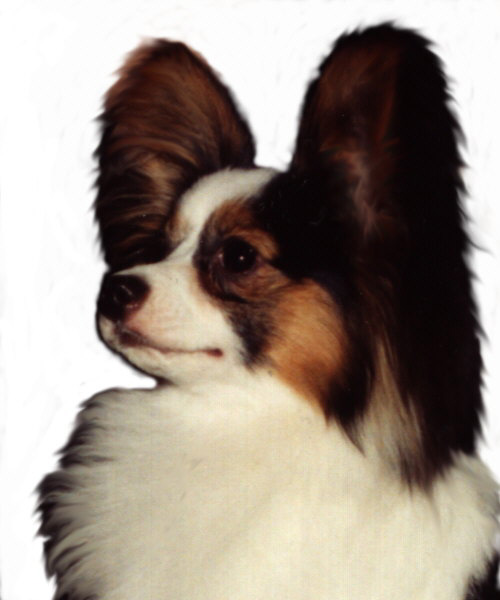
Let's talk about the Papillon's coat and its care
This is a single coated breed with lovely fringes on the ears that make the Papillon an eye catcher no matter where he is. It is an 'easy care' coat, silky and abundant, long and flowing. While it will snarl for lack of attention it is still easy to brush out. A weekly brushing will usually eliminate any problems with occasional matting. Show dogs should be bathed at least once a week. Shedding is at a minimum with this breed. A Papillon sports a beautiful plumed tail, carried gaily over the back. He also has side fringes, with hind quarters covered with an abundant culotte (skirt) and has a profuse frill (hair) on the chest. The hair lays flat on the back and the sides of the body. The hair is short on the skull, muzzle, on the front of the forelegs and from the hind feet to the hocks. A puppy usually loses the puppy coat, becomes somewhat sparsely coated for a time, and then the beautiful, breathtaking mature coat covers that happy little body. What a gorgeous little dog he has suddenly become!
Papillons live long and healthy lives. They are remarkably resilient in nature and temperament. They are also quite resistant to disease. It should be noted that in toy breeds, luxating patellas or loose knee joints are a problem. Papillons have not escaped this. It is an accepted opinion that this is a genetic problem, but careful breeding practices with sound stock is a must to eradicate this problem. Another more insidious condition has hit this marvelous breed. Progressive Retinal Atrophy, commonly referred to as PRA, is a condition of the eye that the breeder cannot ascertain until the dog is older. However, breeders are sharing information, having yearly eye exams by board certified veterinarians specifically addressing PRA, and then registering with an organization called C.E.R.F. It is a positive step in the right direction. The Papillon Club of America has been gathering funds generously donated for research on PRA. Because of this it is extremely important that you know and have confidence in your breeder of choice, and understand that you have an equal responsibility to adhere to the spay/neuter contract if you have purchased a pet.
The Papillon is an excellent traveller, interersted in new surroundings, will bark at dogs that are huge in comparison to his size. He has no concept that he is small for his heart is big. Perhaps he knows he is a dog. It is questionable. He has great intelligence and much love for his owner. It is possible that, regardless of his size, he believes it is his duty to love and protect his owner as long as he lives.
![]()
If you have further questions, you may email me.
Phalene picture courtesy of Kenneth DiLorenzo
Some pictures courtesy of Margaret and Phil Moore
This brochure may not be reproduced or reprinted without permission of the author. (3-97)
![]()
Sign My Guestbook ![]() View My Guestbook
View My Guestbook
![]()
![]()
Home | About Us | My Family | Our Dogs | Photo Album |